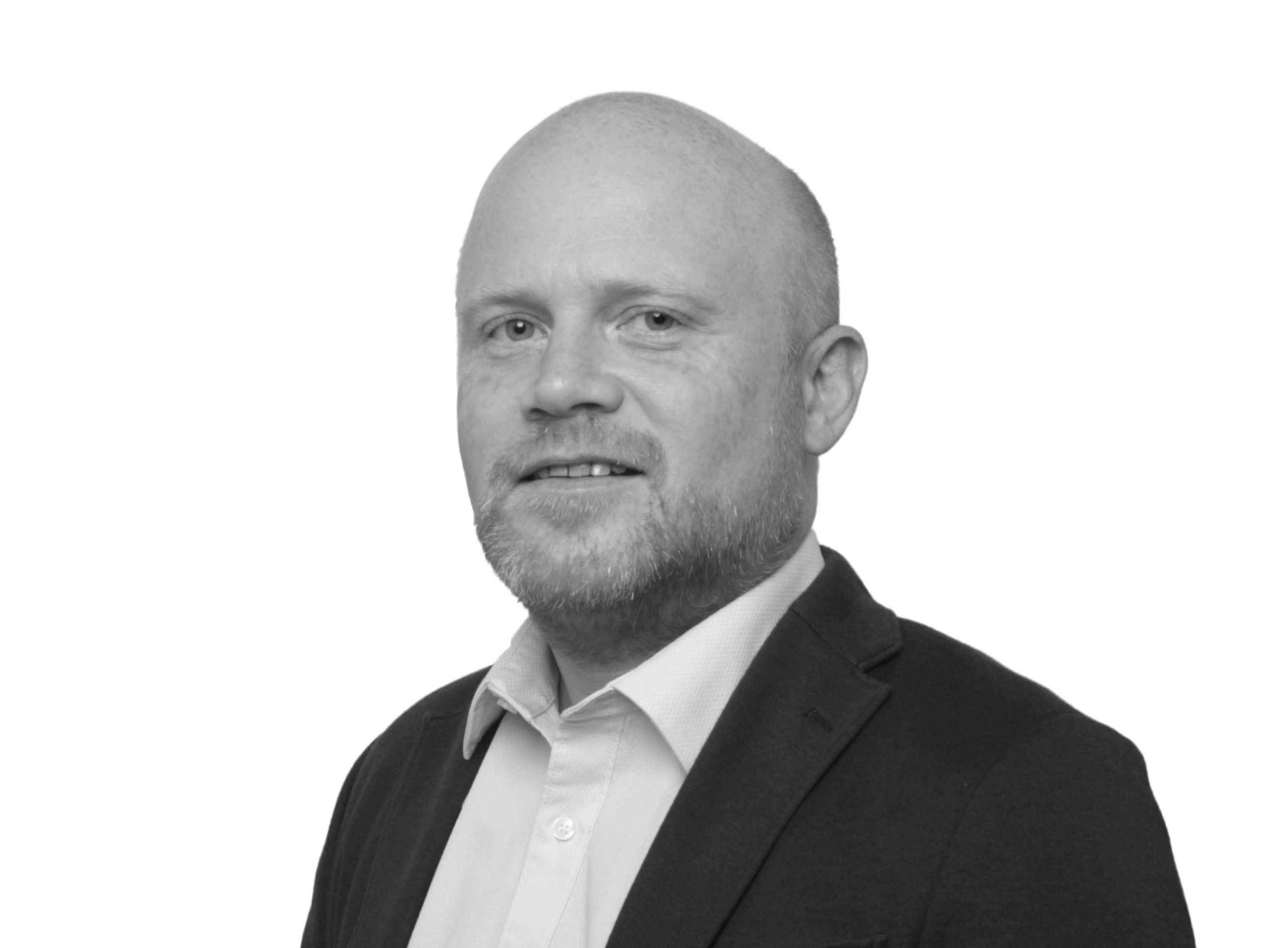Successful sponsorships are about understanding and delivering on your sponsors’ requirements. They are looking for commercial benefits from their spend with you – their return on investment. Therefore, when approaching a sponsor, don’t talk in terms of the outcomes their money will have for your organisation. Instead explain how sponsoring your event will help them achieve their organisational goals.
When someone asks the question “Why should we sponsor your event?” you need to be able to respond “Because we can help you become more successful/profitable by … ”

When communicating with your sponsor, always keep in mind how what you are doing will benefit them. By making it about them, you will be much more successful.
Target carefully
If you are seeking sponsorship, keep in mind that positioning is everything. You are known by the company you keep. A lesser-placed sponsor will not enhance your organisation or your event. So, when seeking sponsors, look for organisations that complement your organisation and are culturally compatible. Examine your potential sponsors carefully, one by one, ensure the sponsors’ work ethics and standards are compatible with your own and then narrow them down to a handful.
Tailor your proposals
Find out what specific challenges the organisation you are making your sponsorship proposal to is facing and provide them with solutions in your proposal. Research the organisation before approaching them. Never send an email blast in the hope you will get a bite; this won’t work.
Tips for approaching prospective sponsors
The best route to approach a sponsor depends on a number of factors, including which channel you can most effectively state your case through. Some people are very effective talking face-to-face, whereas others can be more compelling in writing.
Approaching prospects via email
Only send your proposal to a personal, direct email address and always ask for a reply. In the email, convey as succinctly as possible that you are equally positioned in the marketplace, you are knowledgeable about their goals and give them a compelling offer. Send the email on a Tuesday; avoid busy Mondays and Fridays.
Approaching prospects via the phone
You will never win a major sponsorship through one phone call. The goal of the initial call is just to get a meeting. You only have one chance to engage so be confident. Keep information to a minimum, introduce yourself and your company and explain that you want to arrange a meeting to discuss what you are hoping to achieve. DO NOT, under any circumstances, dump too much information on the prospect. Smile while you are on the phone – people will hear it at the other end.
Approaching prospects face-to-face
Always make an appointment with either your sponsor or their assistant (never turn up without an appointment). Socialise: industry networking events are a great way to meet prospective sponsors. Don’t take your proposal along to the networking event. Don’t launch into a sales pitch.
Build relationships
Take the time to build relationships. If you try and make the pitch at a social occasion, you will lose the sale. In a sponsorship context, a strong relationship will be more likely to survive during tough times. Take the time to get to know the people in the sponsoring organisation outside of the working arrangement. Ensure you have a good relationship with more than one person, in case your contact decides to move on.
Julian Moore, director of SMS Online, is a sponsorship specialist who assists organisations on how to grow their sponsorship income (contact: julian@smsonline.net.au). He will be speaking at AIME ‘s Leaders Forum on Sponsorship. AIME 2011 (www.aime.com.au) will be held on February 15 and 16, 2011 at the Melbourne Convention and Exhibition Centre (MCEC) in Melbourne, Australia.


